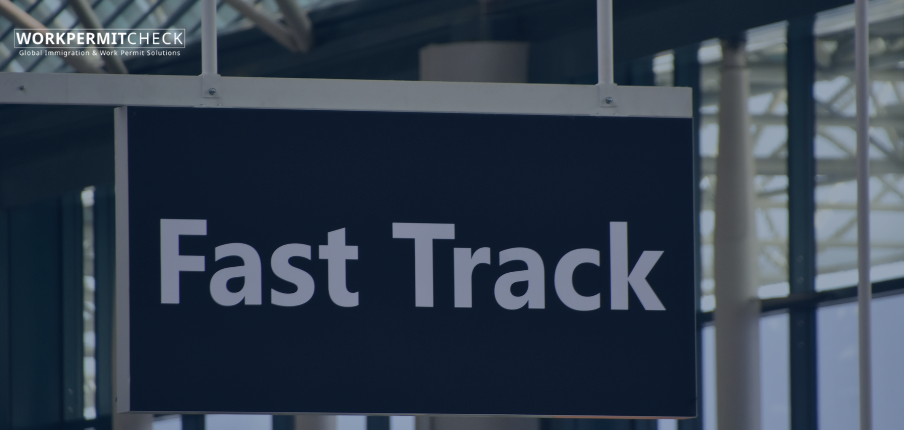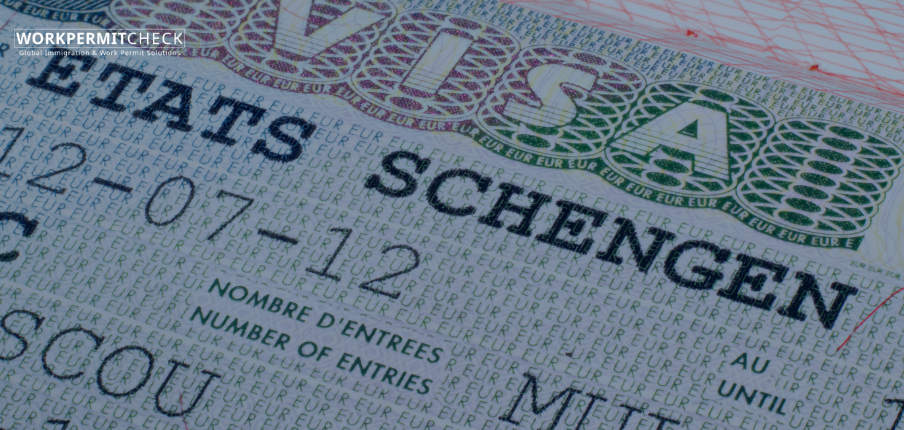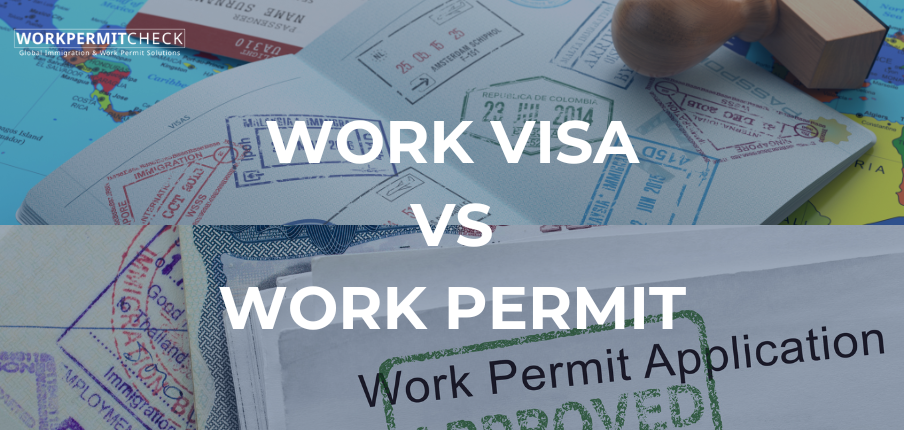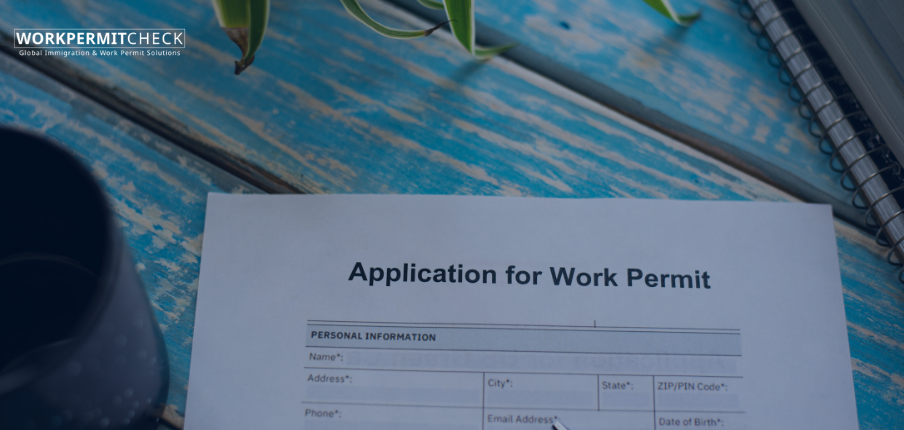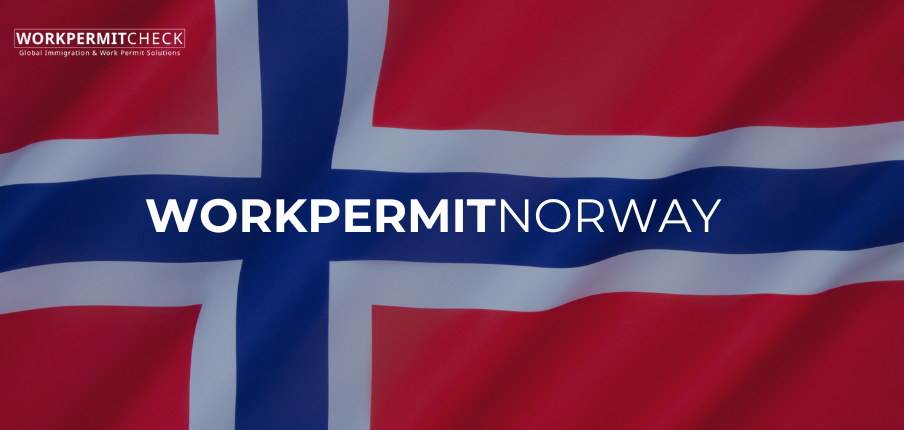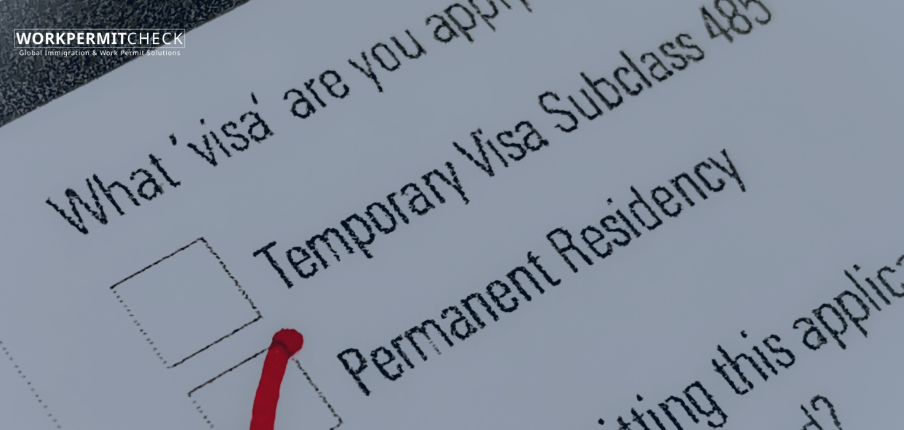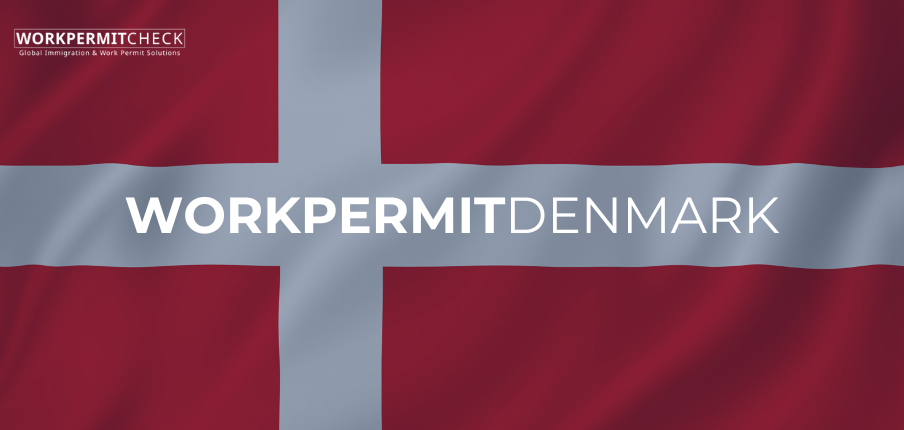The EU Blue Card is a popular pathway for highly skilled non-EU nationals seeking employment opportunities in Europe. Marketed as Europe’s answer to the U.S. Green Card, it offers a streamlined way to live and work in the EU. But does it really function as a universal work permit across all EU member states?
The short answer: not exactly. While the EU Blue Card is recognized in many EU countries and offers some mobility rights, it is not a pan-European work permit. Let’s break down how it works, what it allows you to do, and where its limitations lie.
What is the EU Blue Card?
The EU Blue Card is a residence and work permit for non-EU/EEA nationals who have:
-
A higher education qualification (or equivalent professional experience),
-
A binding job offer or work contract in an EU member state,
-
A salary that meets a minimum threshold set by the issuing country.
The goal is to attract highly qualified professionals to address skill shortages in the EU labor market.
Which Countries Use the EU Blue Card?
As of now, 25 out of the 27 EU countries issue the EU Blue Card. The two exceptions are:
-
Denmark
-
Ireland
These countries opted out of the Blue Card scheme and have their own national work permit systems.
Does the EU Blue Card Let You Work Across Europe?
This is where things get more nuanced.
No – It Does Not Work as a Universal Work Permit
-
Your Blue Card is issued by a specific EU member state.
-
It only gives you the right to work and live in that country initially.
-
You cannot immediately take a job in another EU country using the same Blue Card.
Each country requires a separate application if you want to move and work there.
Yes – But There Is Mobility Within the EU (Under Conditions)
The Blue Card does offer intra-EU mobility, but it’s regulated and conditional.
After 12 Months (First Move):
-
You can move to another participating EU country after 12 months of legal residence on your current Blue Card.
-
You must apply for a new Blue Card in the second country within one month of arriving.
-
You do not need to leave the EU or return to your home country to apply.
After 2 Years (Further Moves):
-
If you hold an EU Blue Card for two years or more in your first country, you can move again under simplified rules.
Each move requires:
-
A new job offer that meets that country’s salary and qualification thresholds.
-
A fresh application (though expedited in some cases).
What About Permanent Residency?
The EU Blue Card can lead to long-term EU residency.
-
After 5 years of continuous legal residence in the EU (with at least 2 years in the country where you apply), you may qualify for the EU long-term residence permit.
-
Time spent in multiple EU countries can count, as long as it’s under Blue Card status and without gaps.
This makes the Blue Card particularly appealing for those looking to build a long-term career in Europe.
Things to Keep in Mind
-
Each EU country sets its own salary threshold, which may change yearly.
-
The processing time, required documents, and approval rate vary by country.
-
The Blue Card does not automatically convert between countries—you must reapply.
-
Some countries offer national permits that might be faster or more flexible.
Conclusion
While the EU Blue Card is not a single, universal work permit for all of Europe, it offers a structured and semi-mobile framework for highly skilled professionals. It allows you to start in one EU country and eventually move to others under clear conditions, making it one of the more flexible and long-term friendly options for foreign workers.
If you're looking to build a future in Europe, especially in tech, engineering, healthcare, or academia, the Blue Card is worth considering. Just be prepared for country-specific variations and the need to plan your moves carefully.



